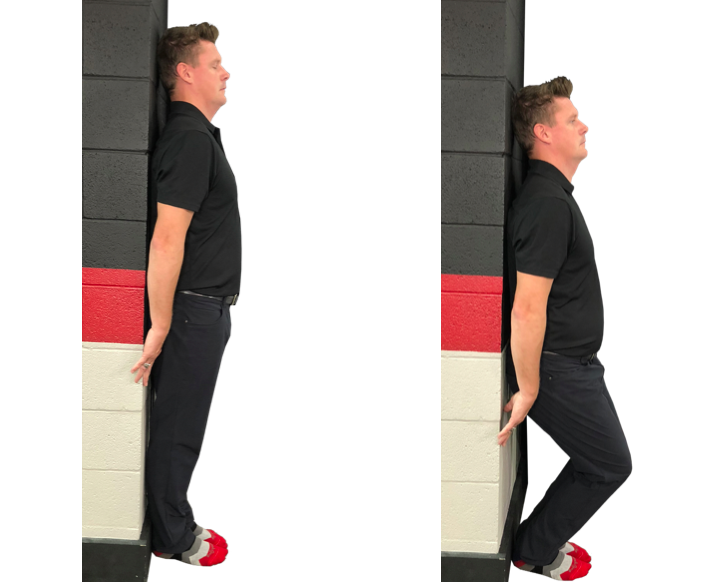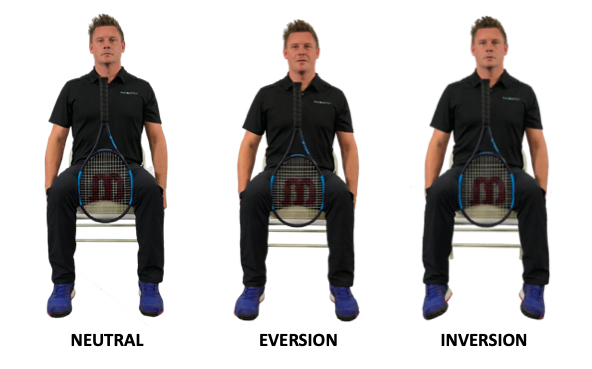Your Ankles Are The Most Overlooked Performance Killer In Tennis
Tue Apr 7, 2020 by Dr Sean Drake
If you're stuck at home, Dr. Sean Drake demonstrates how you can evaluate your squat, an extremely important pattern for being able to develop power in the tennis serve. One of the most common limitations in the squat pattern is also one of the most overlooked performance killers in tennis: ankle mobility.
Believe it or not, the ankle has the ability to influence your posture, serving mechanics, ground stroke consistency, racquet speed and overall health. It is rare to see one joint in the body that has so much influence on a player’s performance. How is this possible? All of a player’s power used to play tennis is initiated from the ground. These ground reaction forces are imperative to accelerate the racquet and the more force you create, the more potential you have.
In order for a player to harness this power and transfer this power into the body, it all starts with proper foot work. Limited ankle range of motion is the leading cause of loss of ground reaction forces and therefore a loss of racquet speed. When power is limited, players try to create power in an inefficient way and that is what leads to many technical compensations we see on the court every day. So let’s check to see if you ankle has the mobility you need to create maximal force:
Two screens we will look at to see if the ankle is affecting your game are the Wall Squat and The Ankle Rocking Test.
The Wall Squat Test
The Wall Squat test evaluates the athlete’s ankle (dorsiflexion), knee and hip mobility and can help predict if the athlete will have trouble getting into an optimum toss and trophy position. We use a full deep squat when looking at groundstrokes. If either ankle is restricted this can make it difficult to maintain a good posture throughout the release and loading phases of your serve.
To perform this test, begin with by standing erect with your heels, head and butt against a wall. Feet are together. Here you will place your palms against the wall with the fingers extended.
Mark a line (the tip of the longest finger) on the wall and squat down as far as they can go, without lifting either heel of the ground. Note how low your wrist line drops in comparison to their original finger line.
The three possible findings for you is as follows:
- Wrist line drops below finger line (normal)
- Wrist line drops to the same level as the finger line
- Wrist line does not drop below the finger line.

The Ankle Rocking Test
The Ankle Rocking test is great for checking ankle mobility and stability. This will show whether you have the ability to invert and evert which is critical when playing tennis.
Sit on a chair, keeping your knees at 90 degrees and legs separated. Place a racquet in-between while holding with your legs. Now evert (turn ankles in) both ankles then invert (turn ankles in) both ankles while holding onto the racquet.

If your screen results were below your wrist line on the Wall Squat screen, unable to evert or invert with the Ankle Rocking Test, or had a problem with both than your ankles are affecting your performance and an area that should be priority to improve your chances at reaching your goals on court.